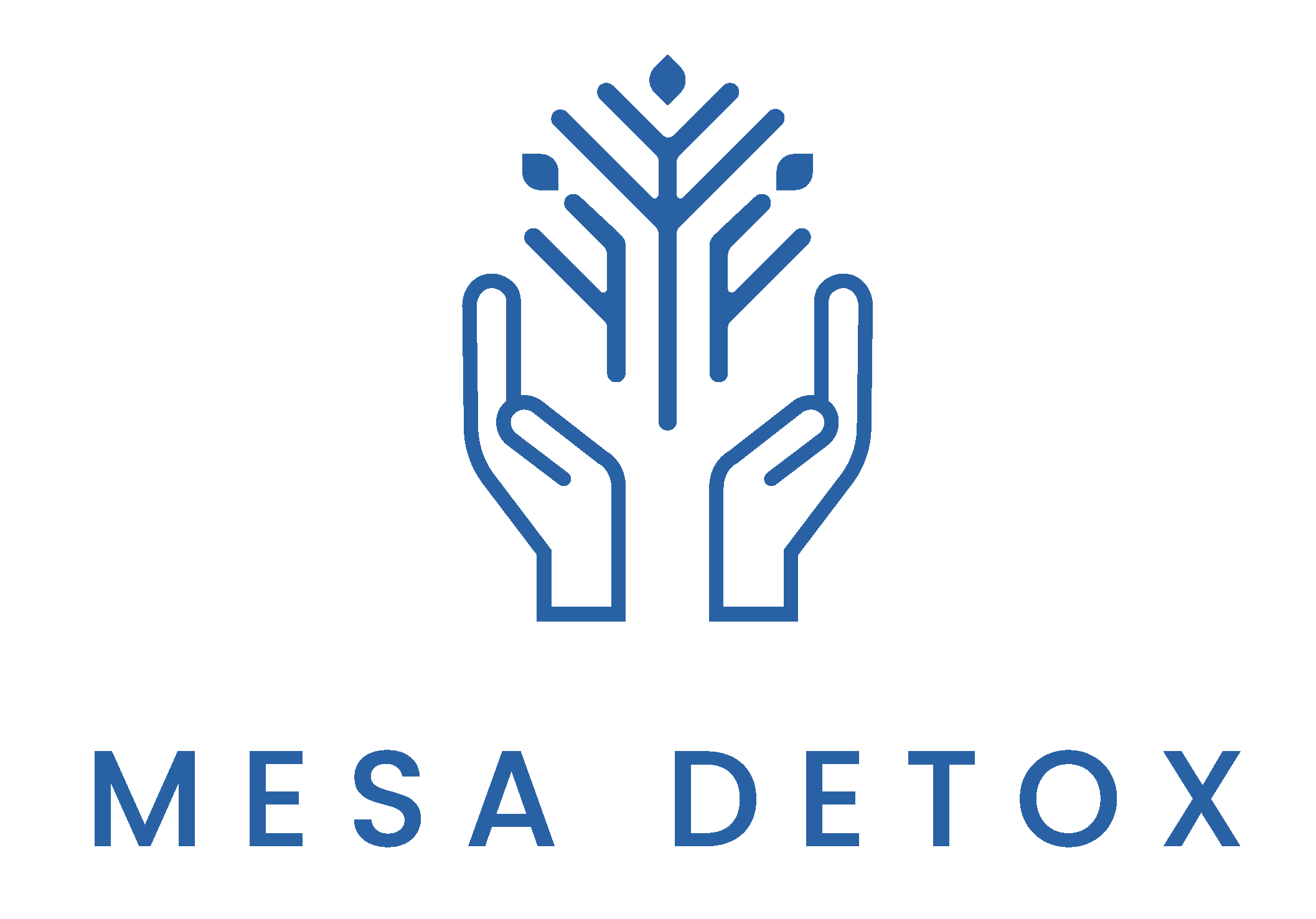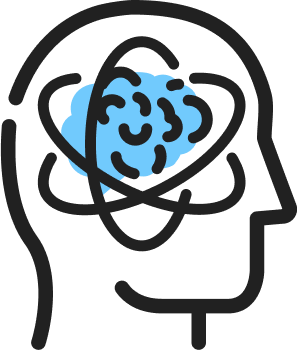Heroin addiction has become a serious public health crisis, impacting people from all backgrounds with its powerful hold on both the body and mind. By altering brain function, heroin induces intense euphoria, increasing the likelihood of dependence, addiction, and overdose.
In 2021, the United States saw over 9,000 heroin overdose deaths, with heroin involved in more than 11% of opioid-related fatalities. This article explores the complexities of heroin addiction, outlining the journey to recovery—from medical detox to treatment options and beyond.





